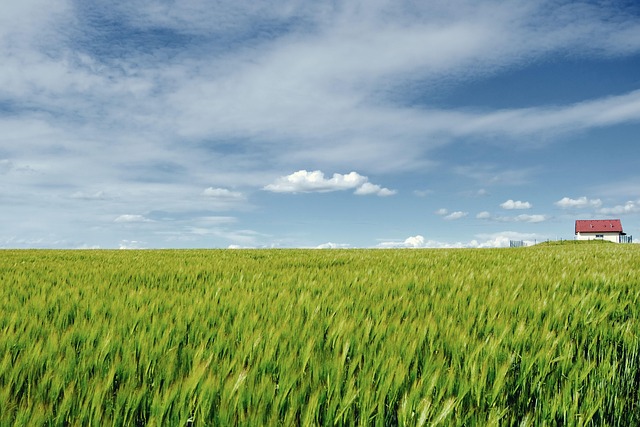Mastering the Art of Contrast: A Photographer’s Guide
In photography, contrast is not just a term; it’s the heartbeat of every stunning image. It breathes life into your photos, highlighting the subject while setting the mood and evoking emotions. When you master the art of contrast, you can transform the ordinary into the extraordinary.
As you delve into the world of photography, understanding how contrast works is essential. Imagine a beautifully lit landscape where the vibrant colors of a sunset ignite the sky, contrasting sharply with the deep shadows of the mountains. It’s these variations in light and dark that draw the viewer in, telling a story without the need for words.
The Power of Light and Shadows
When you look through your camera lens, consider how the interplay of light and darkness can enhance your image. High contrast images often come with dramatic tones, while low contrast offers a more subtle, serene feel. Each choice influences the narrative you create within your frame. To experiment with this, try shooting at different times of the day. The golden hour, just after sunrise or before sunset, provides a natural contrast with its warm tones against cooler backgrounds.
Optics and Perception
Your optics greatly affect the level of contrast in your photographs. Different lenses can yield varying depth of field and bokeh effects that either flatten or emphasize your composition. A wide aperture can create stunning depth, allowing your subject to stand out boldly against a softly blurred background. On the other hand, a smaller aperture might bring everything into focus, generating a different form of contrast where details emerge from the shadows.
Adjusting Contrast in Post-Processing
Once you’ve captured your images, the magic doesn’t stop there. Many photographers turn to post-processing to enhance contrast further. Software like Adobe Lightroom or Photoshop gives you the tools to adjust highlights and shadows, letting you sculpt the image more specifically to your vision. Experiment with the contrast sliders, but be cautious; too much contrast can lose details in highlights and shadows.
Contrasting Elements within Composition
In addition to light, contrast can be achieved through composition. Look for contrasting colors, textures, or shapes. A bright red umbrella against a gloomy gray sky not only creates visual interest but cohesively ties into the theme of contrast. Embrace these elements in your surroundings, from bustling cityscapes to serene natural landscapes.
Conclusion
As you refine your eye for contrast in your photography, remember that every adjustment you make can shift the viewer’s experience. Embrace this principle in both your shooting and editing processes. The beauty of photography lies in its ability to convey stories, emotions, and moments that leave a lasting impression. So go out, capture the contrast around you, and let your photographs speak volumes!



